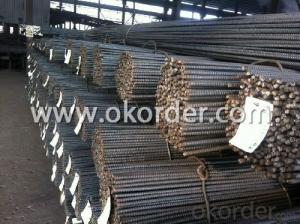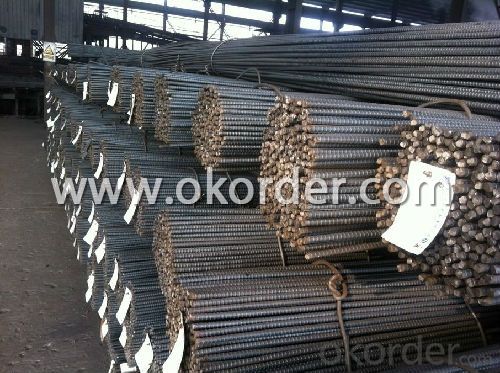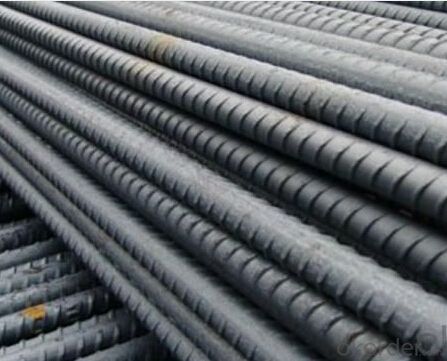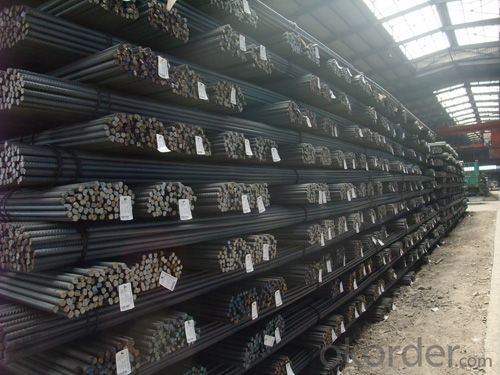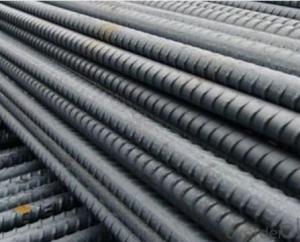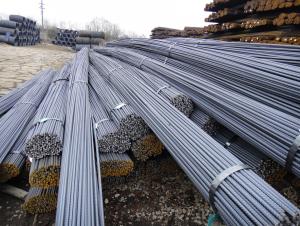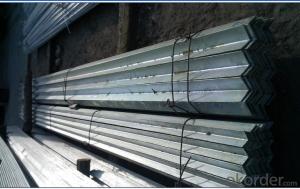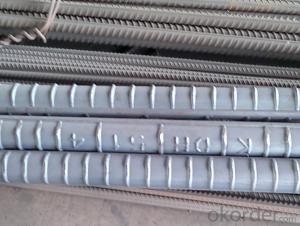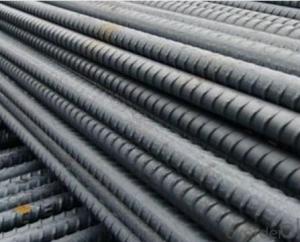DIN STANDARD HIGH QUALITY HOT ROLLED REBAR
- Loading Port:
- Tianjin
- Payment Terms:
- TT OR LC
- Min Order Qty:
- 50 m.t.
- Supply Capability:
- 100000 m.t./month
OKorder Service Pledge
OKorder Financial Service
You Might Also Like
Product Description:
Appearance: Black
Technique: Slitting hot rolled steel coil
Grade: Q235, Q195,A36 SS400 S235jr.St37-2
Standard: AISI,GB,DIN,ASTM,EN,JIS
Length: 6m, 9m, 12m or as your requirement.
Width: 10mm-1010mm
Thickness: 1.5mm-20mm
Business type: big manufacture
Place of origin: Tianjin China (Mainland)
Packaging Details: In bundles for exporting and sea worthy
Delivery Detail: Within 15-35 days after receiving L/C or deposite T/T
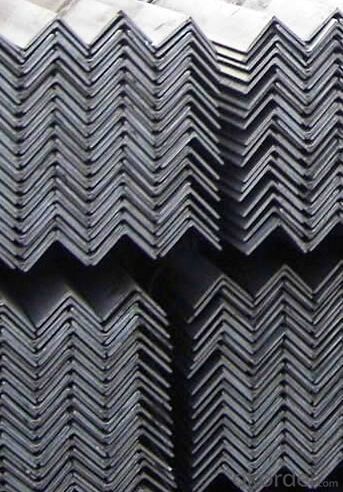
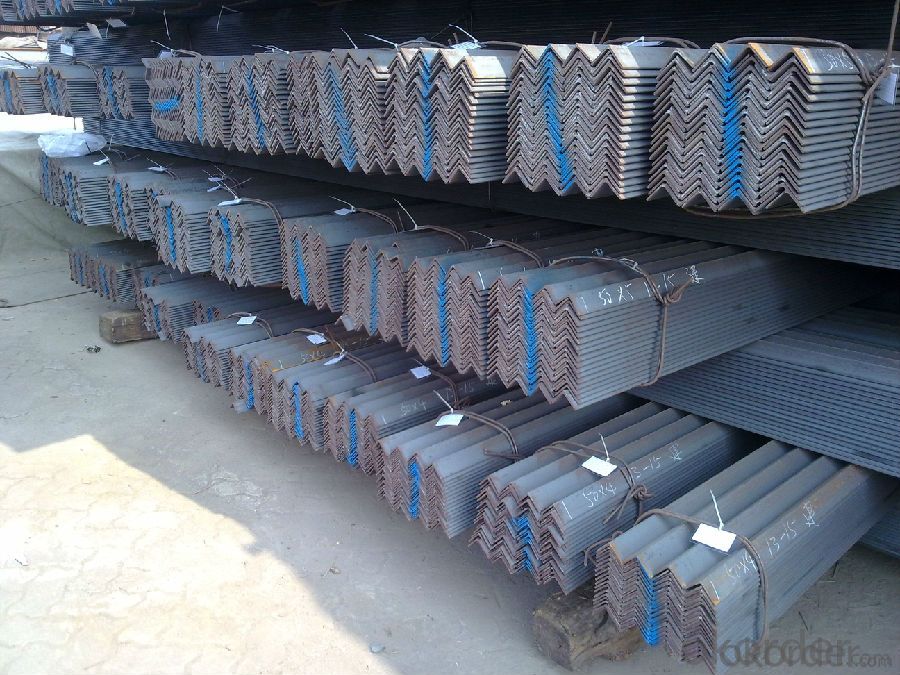
General specification as below:
Flat Bar Specification | |||
Width (mm) | Thickness (mm) | Length (m) | Theoretical Weight (kg/m) |
20 | 2.0 | 6/9/12 | 0.31 |
20 | 2.5 | 6/9/12 | 0.39 |
20 | 2.75 | 6/9/12 | 0.43 |
25 | 2.5 | 6/9/12 | 0.49 |
25 | 3.75 | 6/9/12 | 0.74 |
30 | 2.5 | 6/9/12 | 0.59 |
30 | 3.5 | 6/9/12 | 0.82 |
30 | 9.75 | 6/9/12 | 2.30 |
40 | 3.5 | 6/9/12 | 1.10 |
40 | 4.75 | 6/9/12 | 1.50 |
40 | 11.75 | 6/9/12 | 3.69 |
50 | 2.75 | 6/9/12 | 1.08 |
50 | 4.5 | 6/9/12 | 1.77 |
50 | 9.75 | 6/9/12 | 3.83 |
60 | 5.5 | 6/9/12 | 2.60 |
60 | 7.5 | 6/9/12 | 3.53 |
60 | 11.5 | 6/9/12 | 5.42 |
80 | 5.5 | 6/9/12 | 3.45 |
80 | 7.5 | 6/9/12 | 4.71 |
80 | 11.75 | 6/9/12 | 7.38 |
100 | 3.25 | 6/9/12 | 2.55 |
100 | 4.75 | 6/9/12 | 3.73 |
100 | 7.5 | 6/9/12 | 5.89 |
120 | 9.75 | 6/9/12 | 9.18 |
120 | 11.75 | 6/9/12 | 11.07 |
150 | 9.75 | 6/9/12 | 11.48 |
150 | 11.5 | 6/9/12 | 13.54 |
150 | 13.5 | 6/9/12 | 15.90 |
160 | 11.75 | 6/9/12 | 14.76 |
200 | 9.5 | 6/9/12 | 14.92 |
250 | 5.75 | 6/9/12 | 11.28 |
340 | 7.75 | 6/9/12 | 20.68 |
Products Advantages
1. high quality competitive price and Accurate in size
2. high dimensional accuracy
3. Guaranteed raw material
4.high utilization rate of material
5.convenient in construction, saving much time and labor
6. high mechanical strength
Application: Widely used for construction, Ship building, Machinery manufacturing ,steel structure,agriculture and steel grating.
- Q: Can steel rebars be used in parking garage construction?
- Indeed, steel rebars find their application in the construction of parking garages. Reinforced concrete structures, such as parking garages, frequently employ steel rebars to augment their robustness and resilience. By distributing the load and bolstering the structural integrity of the concrete, rebars enable it to withstand substantial weights typically encountered in parking garages. The incorporation of steel rebars into parking garage construction is indispensable to ensure the enduring longevity and safety of the edifice.
- Q: How are steel rebars stored on-site?
- Steel rebars are typically stored on-site in designated areas that are specifically designed for rebar storage. These areas are usually flat and well-drained, ensuring that the rebars remain clean and free from rust or damage. The rebars are often stacked horizontally, with spacers placed between each layer to maintain proper alignment and prevent tangling. Additionally, rebars may be covered with tarps or plastic sheets to protect them from moisture and other environmental factors. Overall, proper storage of steel rebars on-site is crucial to maintain their quality and ensure their structural integrity.
- Q: Can steel rebars be used in water treatment facilities?
- Yes, steel rebars can be used in water treatment facilities. Steel rebars are commonly used in the construction of various structures, including water treatment facilities. They provide strength and durability to the concrete structures, ensuring their stability and longevity in the harsh environment of water treatment facilities.
- Q: How do steel rebars affect the load-bearing capacity of concrete structures?
- Steel rebars significantly enhance the load-bearing capacity of concrete structures by providing tensile strength to resist cracks and prevent failure under heavy loads. The incorporation of rebars in concrete increases its overall structural integrity, allowing it to withstand greater stress and support larger loads without compromising its stability.
- Q: Can steel rebars be recycled after demolition?
- Yes, steel rebars can be recycled after demolition. Steel is one of the most commonly recycled materials, and rebars are no exception. After demolition, steel rebars can be collected, sorted, and sent to recycling facilities where they are melted down and reused to make new steel products. This recycling process helps reduce waste and conserve resources.
- Q: Can steel rebars be used in offshore oil and gas platforms?
- Yes, steel rebars can be used in offshore oil and gas platforms. They are commonly employed as reinforcement in concrete structures to enhance their strength and durability. Rebars provide structural support and help withstand the harsh environmental conditions and heavy loads experienced in offshore operations.
- Q: How do steel rebars affect the flexibility of concrete structures?
- Steel rebars play a critical role in enhancing the flexibility and overall strength of concrete structures. When incorporated into concrete, rebars offer essential tensile strength to resist bending and stretching forces that can lead to cracks or failure in the structure. Concrete possesses strength in compression but lacks it in tension. This means that it can bear substantial weight pushing down on it, but it is susceptible to cracking or breaking when subjected to pulling or stretching forces. By integrating steel rebars into the concrete, its tensile strength increases significantly, enabling it to better withstand these tension forces. The inclusion of rebars in concrete structures allows for the more even and efficient distribution of loads. When exposed to external forces like wind, earthquakes, or heavy loads, the rebars assist in dispersing stress throughout the concrete, preventing concentrated stress points and reducing the risk of structural failure. Moreover, steel rebars also enhance the flexibility of concrete structures. By providing additional support and reinforcement, rebars enable the concrete to bend and flex to a certain degree. This flexibility is particularly crucial in areas prone to seismic activity or excessive vibrations. Flexibility in concrete structures is vital as it permits the building to absorb and dissipate energy during earthquakes or other dynamic forces. Without the presence of rebars, concrete structures would be more rigid and susceptible to cracking or collapsing under such conditions. In conclusion, steel rebars significantly enhance the flexibility and overall performance of concrete structures. By offering the necessary tensile strength and reinforcement, they enable the concrete to better withstand bending, stretching, and external forces, thereby reducing the risk of structural failure and ensuring the construction's durability and longevity.
- Q: What are the factors that can cause corrosion in steel rebars?
- There are several factors that can contribute to the corrosion of steel rebars. Firstly, exposure to moisture and oxygen is a significant factor in the corrosion process. When moisture comes into contact with the surface of the steel rebar, it initiates an electrochemical reaction with the oxygen in the air, leading to the formation of rust. This reaction is accelerated in environments with high humidity or constant exposure to water, such as coastal areas or structures submerged in water. Another factor that can cause corrosion is the presence of chloride ions. Chlorides, commonly found in seawater, deicing salts, or industrial environments, can penetrate the protective oxide layer on the steel rebar, making it more susceptible to corrosion. Once the chloride ions reach the metal surface, they initiate the breakdown of the passive film, allowing the corrosion process to occur more rapidly. The pH level of the environment is also crucial. Steel rebars are more prone to corrosion in highly acidic or alkaline conditions. Acidic environments, such as those found in industrial areas with high air pollution or chemical exposure, can rapidly corrode the steel. On the other hand, alkaline conditions, often found in concrete structures due to the presence of cement, can lead to the formation of a highly alkaline environment on the surface of the rebar, causing the breakdown of the protective oxide layer and promoting corrosion. Additionally, the presence of other contaminants or impurities can accelerate the corrosion process. Sulfur compounds, for example, can react with the steel rebar, leading to the formation of sulfide corrosion products that weaken the structure. Similarly, exposure to certain organic compounds or acids can also contribute to corrosion. Lastly, the design and maintenance of structures can also play a role in the corrosion of steel rebars. Insufficient concrete cover or poor quality concrete can allow moisture and oxygen to reach the steel more easily, increasing the likelihood of corrosion. Lack of proper maintenance, such as failure to repair cracked or damaged concrete, can also lead to water infiltration and subsequent corrosion of the rebars. In conclusion, factors such as moisture and oxygen exposure, chloride ions, pH level, presence of contaminants, and inadequate design or maintenance can all contribute to the corrosion of steel rebars. Understanding and addressing these factors is crucial in ensuring the durability and longevity of structures that incorporate steel rebars.
- Q: Can steel rebars be used in the construction of airport runways and taxiways?
- Yes, steel rebars can be used in the construction of airport runways and taxiways.
- Q: Can steel rebars be used in the renovation of historic structures?
- Yes, steel rebars can be used in the renovation of historic structures. Steel rebars are commonly used in construction projects to provide reinforcement and increase the structural integrity of buildings, including historic structures. When renovating historic structures, it is essential to maintain the original character and integrity of the building while ensuring its stability and safety. Steel rebars can be strategically placed in the renovation process to reinforce weak areas, strengthen load-bearing elements, and extend the lifespan of the structure without compromising its historical value. However, it is crucial to work with experienced architects, engineers, and preservationists who are knowledgeable in historic preservation to ensure that the use of steel rebars is done in a way that respects the original design and materials of the historic structure.
Send your message to us
DIN STANDARD HIGH QUALITY HOT ROLLED REBAR
- Loading Port:
- Tianjin
- Payment Terms:
- TT OR LC
- Min Order Qty:
- 50 m.t.
- Supply Capability:
- 100000 m.t./month
OKorder Service Pledge
OKorder Financial Service
Similar products
Hot products
Hot Searches
Related keywords
